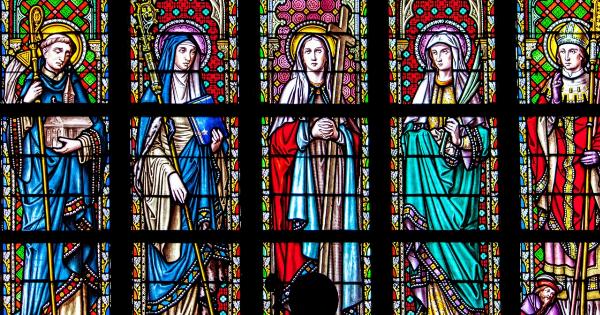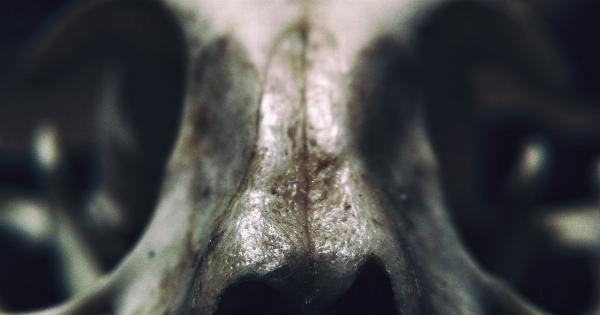Throughout history, the issue of Virgin Mary’s intact hymen has been a topic of debate and discussion. According to Christian beliefs, Mary conceived Jesus Christ through the Holy Spirit while remaining a virgin.
This notion raises questions about the physical condition of her hymen before and after the birth of Jesus. In this article, we delve into the various perspectives surrounding this intriguing aspect of Mary’s life.
Understanding the Concept of Virginity
Before exploring Mary’s situation, it is crucial to understand the concept of virginity. Virginity typically refers to a state of never having engaged in sexual intercourse.
In women, the hymen, a thin membrane located at the opening of the vagina, has often been associated with virginity. The hymen can vary in appearance and thinness among individuals, and it may be intact or partially present even in women who have engaged in non-penetrative sexual activities.
Biblical Accounts of Mary’s Virginity
According to the New Testament, specifically the Gospel of Matthew and the Gospel of Luke, Mary conceived Jesus while still a virgin. The account suggests that the conception occurred through divine intervention without any sexual intercourse.
As a result, it can be inferred that Mary’s hymen remained intact before and after the birth of Jesus.
Scientific Perspectives on Virginity and Hymens
From a scientific standpoint, the concept of virginity is not solely tied to the state of a person’s hymen. While the hymen can provide some insights into a person’s sexual experiences, it lacks definitive proof.
Medical professionals emphasize that the hymen can be stretched or torn for various reasons unrelated to sexual activity, such as physical exercise, tampon use, or even congenital variations.
Symbolic Significance in Christianity
For Christians, Mary’s perpetual virginity holds immense symbolic significance. It exemplifies her purity and devotion to God, while also establishing the divine nature of the Incarnation.
The belief in her intact hymen signifies the miraculous nature of Jesus’ conception. Some argue that the physical condition of Mary’s hymen is irrelevant to her spiritual stature, as her virginity is a symbol of her faith rather than a physical attribute.
Religious Interpretations
Different Christian denominations vary in their interpretations of Mary’s virginity.
While the Catholic Church upholds the belief in Mary’s perpetual virginity, including the preservation of her intact hymen, some Protestant denominations may interpret the term “virgin” to refer only to Mary’s state before the birth of Jesus, allowing for normal marital relations afterward.
Historical and Cultural Influences
The cultural and historical context in which the belief in Mary’s intact hymen developed should also be considered.
In ancient times, the virginity of women held profound significance, with intact hymens symbolizing purity, chastity, and moral integrity. These cultural influences might have shaped the belief in Mary’s perpetual virginity, emphasizing her exceptional status and aligning her with ancient archetypes of virtuous women.
Theological Debates and Interpretations
The issue of Mary’s intact hymen has sparked theological debates within Christianity. Some argue that an intact hymen is not necessary for Mary’s perpetual virginity, emphasizing her spiritual purity rather than physical evidence.
Others maintain that an intact hymen is central to the belief in her continuing virginity, citing the importance of Jesus being born without damaging Mary’s virginity as a sign of his divine nature and purpose.
Challenges in Historical Verification
Ascertaining the physical condition of Mary’s hymen is nearly impossible due to the lack of historical evidence. The New Testament accounts provide limited information, and no tangible relics associated with Mary’s hymen exist.
Historical verification is further complicated by the fact that cultural beliefs and interpretive frameworks play a significant role in shaping perspectives on this issue.
Conclusion: Exploring the Intact Hymen of Virgin Mary
The topic of Virgin Mary’s intact hymen continues to fascinate scholars and believers alike.
While Christian teachings emphasize her perpetual virginity, including the preservation of her hymen, scientific perspectives and historical challenges raise questions about the significance of physical evidence. Ultimately, the intact hymen serves as a symbol of Mary’s spiritual purity and devotion rather than a matter of physical appearance.






























